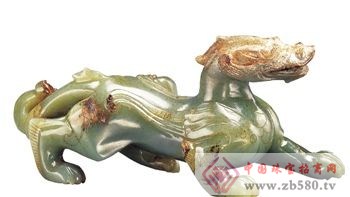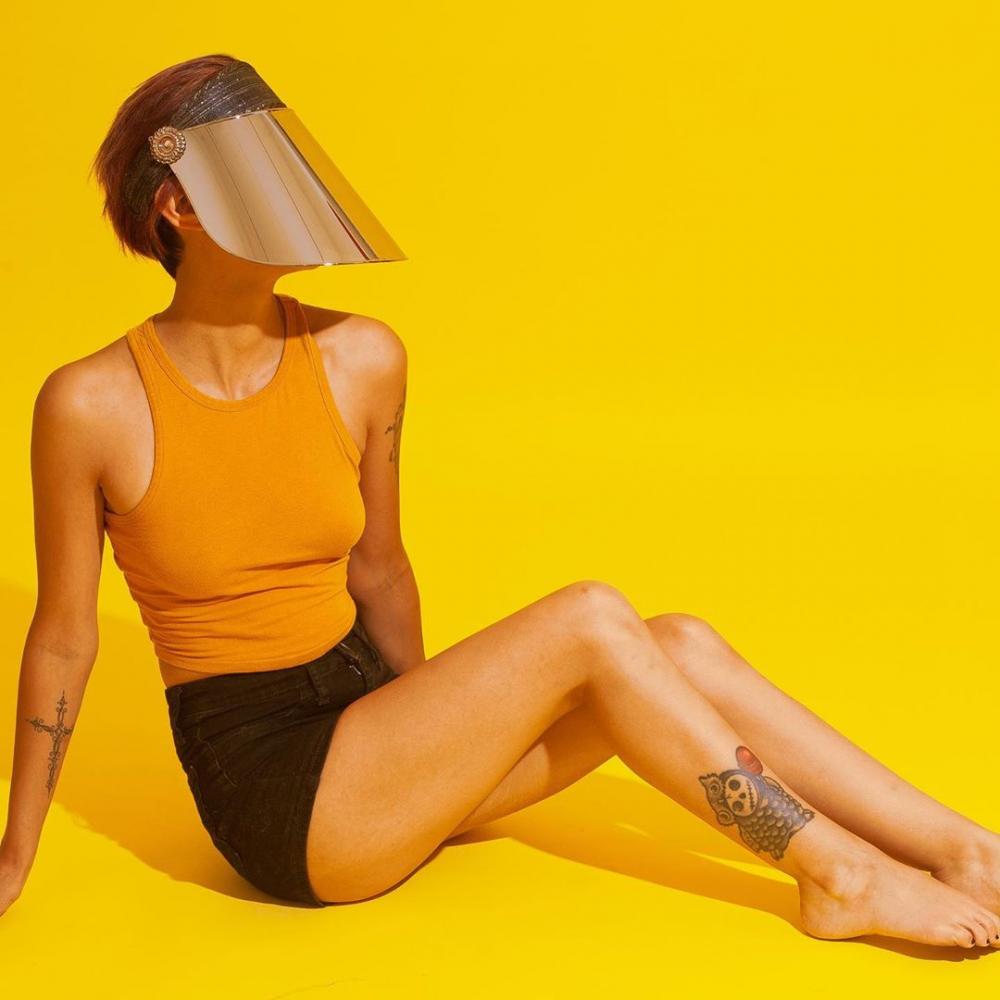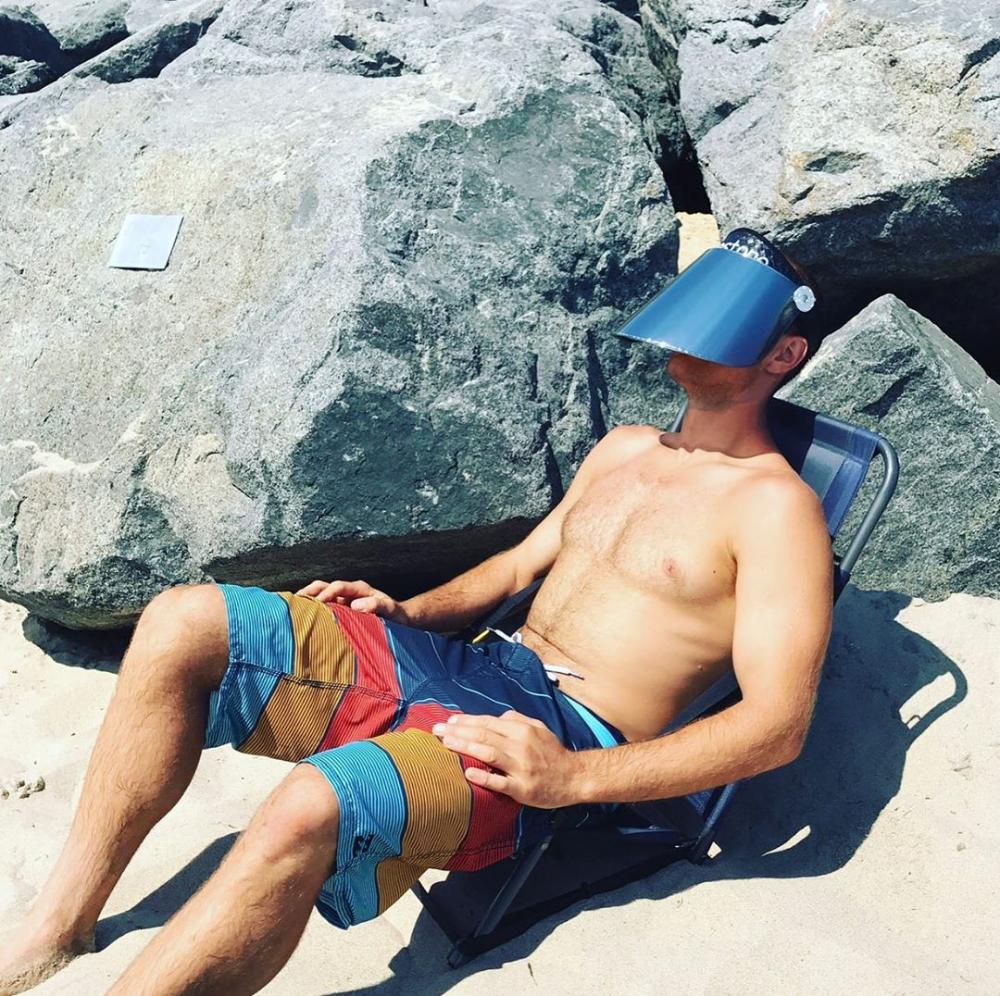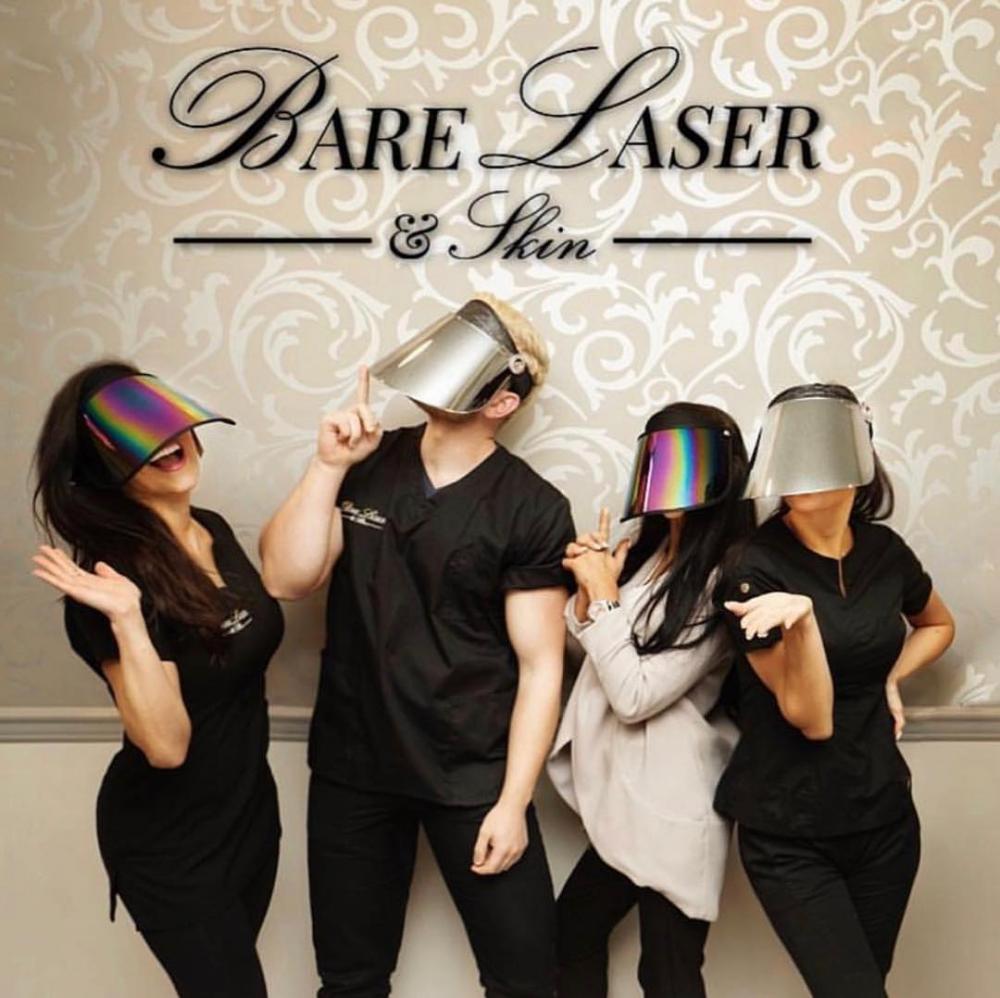Pre-Qin and Han Dynasties Animal Jade Sculpture Exhibition: Zoo in the museum

When it comes to the Han Dynasty jade, the first thing that people think of is the golden enamel clothes. In fact, the Han Dynasty jade is more vivid and interesting on animal carving.
On October 17th, the “Tradition and Innovation: The Animals and Jade Sculptures of the Pre-Qin and Han Dynasties†held at the Shanghai Aurora Museum opened. More than 100 pieces of jade articles from the Warring States Period to the Han Dynasty were exhibited. Trying to distinguish the jade carving styles from the two eras, it presents an extremely important transformation in the history of the development of ancient jade.
“The Han Dynasty jade is a peak in the history of Chinese jade. At that time, the source of jade material was diversified, and the progress of carving technology was often called “Han Ba ​​Knifeâ€. The stable social life made the Han Dynasty jade in the folk. It has been widely developed.†Dr. Xiang Yuanyuan, the academic team leader of the Aurora Museum, explained to the 21st Century Business Herald reporter.
The exhibition consists of five units, which are “different materialsâ€, “like jade materialsâ€, “construction according to materialsâ€, “the theme of round sculptures†and “the jade dragonsâ€. In a nutshell, it is a "world of dragons" plus the "zoo" of the Han Dynasty.
The exhibits are mainly composed of the Warring States Piece and the Han Dynasty round jade carvings, including the various Warring States Yulong, various Han Dynasty round carving animals, figures, etc., looking back at the Warring States S Dragon-shaped jade, the agate rabbit bowing the head, the head and tail The little jade leopard, the thick and clumsy jade pig grip and the dignified jade lion are all very interesting exhibits. In addition to the animal theme, there are also some figures of jade carvings. For example, two jade carving ladies are among the best. The jade carvings depict the image of Han Dynasty women with long hair and waist and long skirts. The white jade is warm and the jade is quiet. It can be described as the fine weapon at that time.
In fact, in the pre-Qin period, the function of jade was mainly aristocratic accessories and sacrifices, symbolizing dignity, morality and rank. The jade articles of this period were mainly dragon-shaped patterns, and the dragon-shaped pendess of the Warring States Period in the exhibition is an example. These dragon-shaped peony experienced a process of evolution from abstract to figurative, from simple to vivid. The dragon's body evolved from the initial spiraling "C" shape to the powerful "S" curve.
"In the Han Dynasty, the function of jade began to change. The Han Dynasty used the transformation period of jade. From the symbol of sacrifice, morality, and hierarchy, it became more secular. It is no longer limited to the beast. So there are jade pigs and jade cows. , Yuma, jade lion, jade leopard and many other animal images, and even the emergence of winged beasts, this rich and diversified, indicating that the use of jade in the Han Dynasty is no longer limited to the nobility." Looking for Yuan Yuan said.
In the view of the search for Yuan, although the jade sculptures of the Han Dynasty were also exhibited, the jade sculptures of the Han Dynasty were still inferior to those of the Han Dynasty. Even the jade sculptures of the Han Dynasty were compared with the Han Dynasty pottery. It also seems simpler. Therefore, the most desirable way to understand the aesthetics of the jade carvings of the Han Dynasty is still the animal sculptures of the Han Dynasty.
If the good tradition is a summary of the times, it is also a prophecy of another era. The Warring States Period is a node that inherits the past and the future in the history of ancient jade development. It inherits the tradition of the spring and autumn jade, and the glory of the two Han jade, which has a pivotal position in terms of modeling and craftsmanship. In the Han Dynasty, inheriting and innovating on the basis of the Warring States, from the multi-view combination, three-dimensional and artistic ideas to develop a colorful new face, not only is another glorious era in the history of Chinese jade, but also can see the social trend of that era. , aesthetic taste, design ideas and other aspects.
This aesthetic taste and design ideas can even link to today's artistic style. In the exhibition, the Han Dynasty hollowed out Yulong, combined with the multi-view combination of three-dimensional design ideas, popularly speaking, is a combination of front and rear perspectives on a plane, similar to the Western modern art history with Picasso as the giant The manifestation of Cubism.
The exhibition carries forward the research center of the Aurora Museum's Ancient Object Science Research Center focusing on the material, engineering, shape and pattern of ancient artifacts. The audience will appreciate the materials in the Warring States and the Han Dynasty in terms of material resolution, craftsmanship, shape evolution, and ornamentation. Comparison of multiple aspects such as combination. “Material†refers to the characteristics of materials and the phenomenon of excavation. “Work†refers to the production method and application traces, “shape†refers to the shape and forming method, “grain†fingerprint decoration and grain forming method, and “four elements of material patternâ€. It is the most convenient and popular path for identifying artifacts and builders.
"If you carefully read the research exhibitions that we display, then there will be a seven-eighth grasp of the jade out there," said Lai Renchen, director of the Aurora Museum. The exhibition implements the exhibition concept of “seeing, understanding, good, and usefulâ€. The audience will understand the Warring States and the Han Dynasty jade in multiple dimensions and all directions, and understand why this period will become an extremely important stage in the history of jade development. In addition, around the theme of “Tradition and Innovationâ€, the Aurora Museum will organize a number of educational activities, series of lectures, and special guides to analyze the concept of the exhibition and the connotation of the exhibits, and provide a comprehensive and in-depth interpretation of the exhibition and practice “academic lifeâ€. Goal.
The Aurora Museum, which opened in Shanghai's Lujiazui Aurora Building last year, is divided into 6 floors. The exhibition area clearly shows the museum's collection system: from the 2nd floor to the 6th floor, it is the ancient pottery exhibition hall, the ancient jade exhibition hall, and the blue and white porcelain. Exhibition halls, ancient artifacts research centers and Buddhist statue exhibition halls, and the exhibition halls outside the 5th floor of the Ancient Objects Research Center are divided into boutique exhibition areas, theme exhibition areas and research exhibition areas. Chen Yongtai, the founder of the Aurora Museum, has been collecting for more than 8,000 pieces of artefacts for 40 years. Today, most of the collections are moved from Taiwan to Shanghai for display.
China Visor Beanie Hat,UV protection Visor Beanie Mens manufacturer&supplier&factory, choose the high quality Ladies Golf Sun Visors,Mens Beanie Hat With Visor, etc.
The long hard lens visor hat/cap is suitable for men/women,provide chic skin protection to the full of your face.
This PVC visor cap keep your cool even during the hottest days.




Visor Beanie Hat,Visor Beanie Mens,Ladies Golf Sun Visors,Mens Beanie Hat With Visor
Foshan Lixin Trading Co.,Ltd , https://www.chnlixin.com